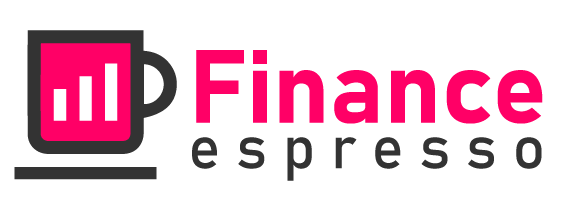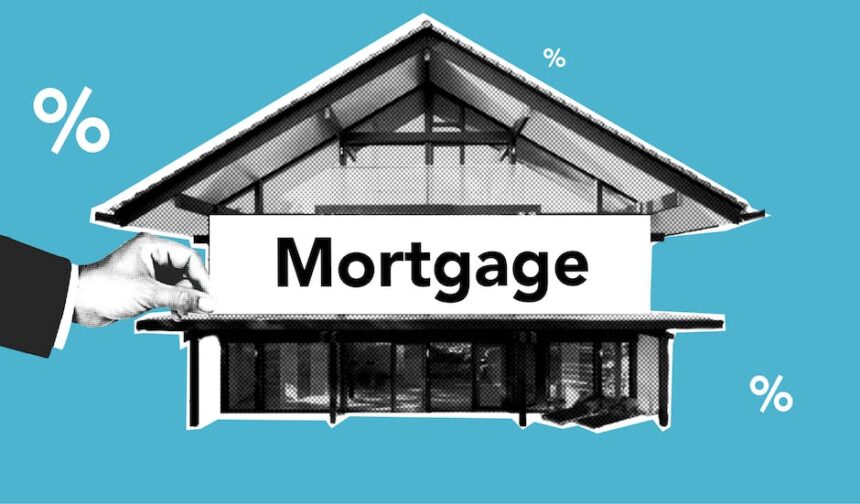Navigating the Home Loan Process: Everything You Need to Know
Buying a home is an exciting milestone in life, but it can also be a confusing process. With so much to consider and understand, it’s important to get a thorough understanding of the home loan process. To navigate the intricacies of the home loan process, it’s best to start with the basics.
What is a Home Loan?
A home loan is a loan taken out to purchase a home or refinance an existing home loan. The amount of the loan is determined by the value of the home and your ability to repay the loan. Generally, a home loan involves a process of paperwork and negotiations between you and the lender.
Types of Home Loans
When applying for a home loan, you’ll want to familiarize yourself with the different types of home loans available. The most common types of loans are fixed-rate, adjustable-rate, interest-only, and reverse mortgages.
- Fixed-Rate: This is a loan option that offers a fixed interest rate and monthly payment for the life of the loan.
- Adjustable-Rate: This type of loan involves an interest rate that changes over time. The monthly payments may be either higher or lower than a fixed-rate loan.
- Interest-Only: An interest-only loan is a loan where the borrower makes interest-only payments and doesn’t pay back the principal balance.
- Reverse Mortgage: A reverse mortgage is a loan where the homeowner receives monthly payments from the lender, and the loan is not due until the homeowner leaves the home or passes away.
The Home Loan Process
Once you’ve selected the type of loan that’s right for you, the home loan process typically involves several steps. The process begins with an application and the loan officer will assess your creditworthiness and evaluate other important factors such as your income, assets, and debt-to-income ratio.
After this initial screening, you’ll be asked to provide additional documents such as bank statements, tax returns, and pay stubs. Once the financial information has been received, the loan officer will review the information and provide a decision on the loan.
If the loan is approved, the lender will provide a Good Faith Estimate, which outlines the costs associated with the loan, including the fees, points and interest rate. This estimate will also include an estimate for closing costs, which are fees paid at the end of the loan process.
At the closing, you’ll sign all the necessary paperwork and the lender will provide the loan funds. After the loan is finalized, you’ll make periodic payments to repay the loan according to the terms specified in the Homeowner’s Promise document.
Tips for Navigating the Home Loan Process
Navigating the home loan process can be an overwhelming task. To make the process smoother, here are a few tips to consider:
- Take the time to compare different loan options to make sure you’re getting the best rate and terms.
- Be prepared to provide the necessary documents for the loan application.
- Always read the Good Faith Estimate carefully so you understand the costs associated with the loan.
- Try to close on the loan as quickly as possible to take advantage of the best interest rates and terms.
- Work with an experienced loan officer who can provide guidance throughout the process.
By taking the time to understand the home loan process, you can ensure a smoother process for home buying. Working with a knowledgeable loan officer can make the process even easier, so don’t be afraid to ask questions.

